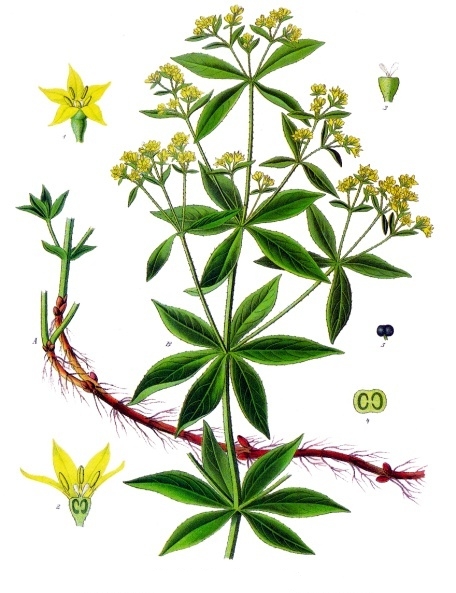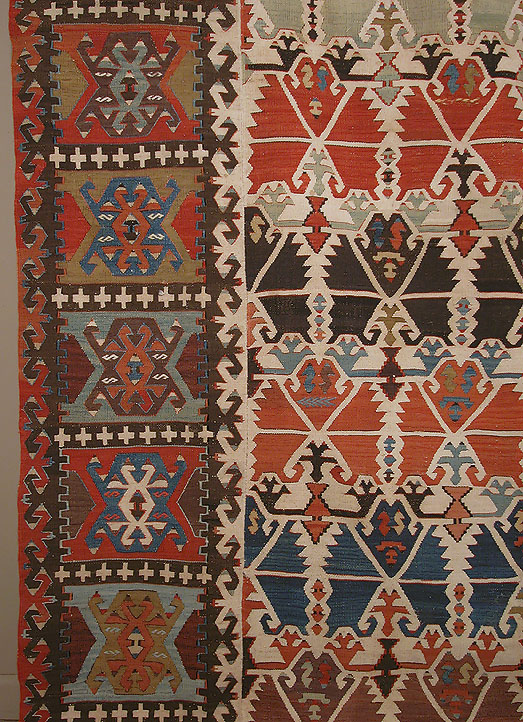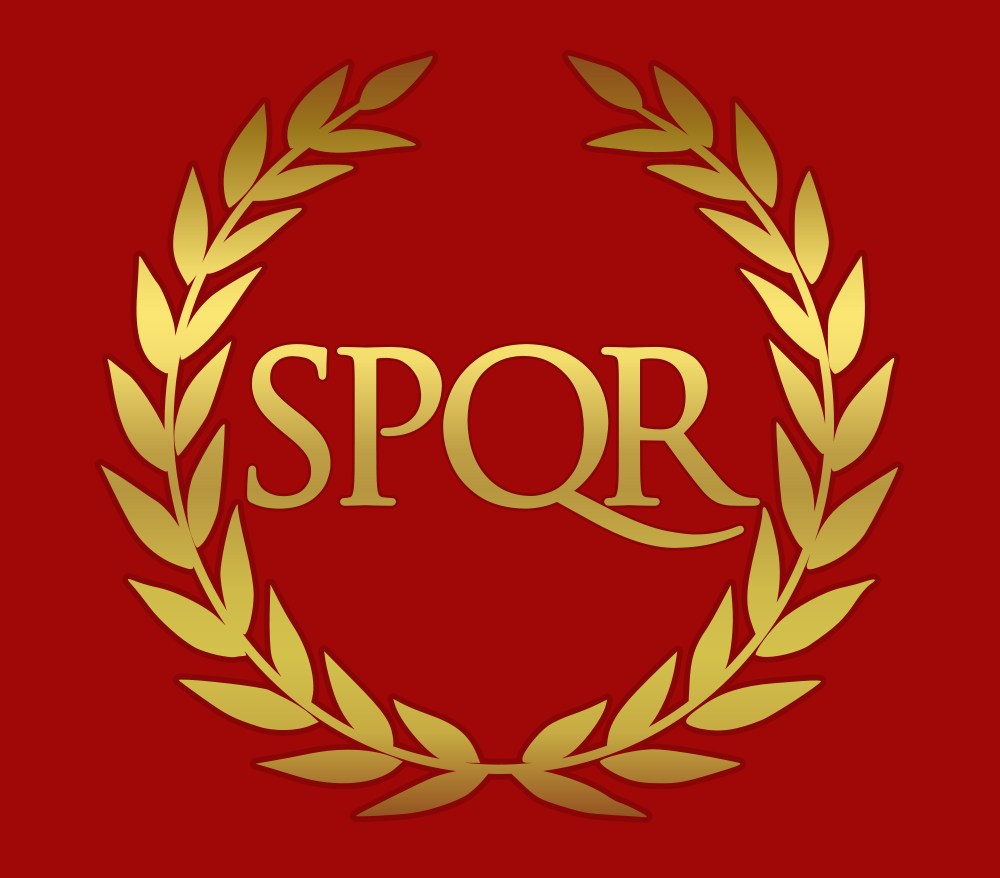|
Josephine Powell
Josephine Powell (May 15, 1919 – January 19, 2007) was an American photographer, traveller, and a collector of Anatolian ethnographic objects and textiles. Education Josephine Powell was born in New York City into a well-to-do family. Powell attended Cornell University, where she earned a BA in 1941. She also attended the New York School of Social Work at Columbia University where she received her Master's degree in 1945. After her graduation, Powell left the United States to start working for the International Refugee Organization (IRO). Travels First she worked in Tanganyika, and later in Munich, where she purchased two cameras at the PX: a Leica and a Rolleiflex. After, for many years, Josephine Powell was based in Rome, during this time. Initially she regarded these cameras as works of art; after two years she started taking amateur photographs and developed a talent for photography. Her curiosity to learn more about the interesting things she trained her lens on led t ... [...More Info...] [...Related Items...] OR: [Wikipedia] [Google] [Baidu] |
Ethnography
Ethnography (from Greek ''ethnos'' "folk, people, nation" and ''grapho'' "I write") is a branch of anthropology and the systematic study of individual cultures. Ethnography explores cultural phenomena from the point of view of the subject of the study. Ethnography is also a type of social research that involves examining the behavior of the participants in a given social situation and understanding the group members' own interpretation of such behavior. Ethnography in simple terms is a type of qualitative research where a person puts themselves in a specific community or organization in attempt to learn about their cultures from a first person point-of-view. As a form of inquiry, ethnography relies heavily on participant observation—on the researcher participating in the setting or with the people being studied, at least in some marginal role, and seeking to document, in detail, patterns of social interaction and the perspectives of participants, and to understand these i ... [...More Info...] [...Related Items...] OR: [Wikipedia] [Google] [Baidu] |
Kashmir
Kashmir () is the northernmost geographical region of the Indian subcontinent. Until the mid-19th century, the term "Kashmir" denoted only the Kashmir Valley between the Great Himalayas and the Pir Panjal Range. Today, the term encompasses a larger area that includes the Indian-administered territories of Jammu and Kashmir and Ladakh, the Pakistani-administered territories of Azad Kashmir and Gilgit-Baltistan, and the Chinese-administered territories of Aksai Chin and the Trans-Karakoram Tract. Quote: "Kashmir, region of the northwestern Indian subcontinent. It is bounded by the Uygur Autonomous Region of Xinjiang to the northeast and the Tibet Autonomous Region to the east (both parts of China), by the Indian states of Himachal Pradesh and Punjab to the south, by Pakistan to the west, and by Afghanistan to the northwest. The northern and western portions are administered by Pakistan and comprise three areas: Azad Kashmir, Gilgit, and Baltistan, ... The southern and so ... [...More Info...] [...Related Items...] OR: [Wikipedia] [Google] [Baidu] |
Koç University
Koç University ( tr, Koç Üniversitesi) is a non-profit private university in Istanbul, Turkey. It started education in temporary buildings in İstinye in 1993, and moved to its current Rumelifeneri campus near Sarıyer in 2000. Koç University is ranked highest in Turkey according to the 2022 Times Higher Education World University Rankings and 2022 QS World University Rankings. Koç University currently consists of Colleges of Social Sciences and Humanities, Administrative Sciences and Economics, Science, Engineering, Law, Nursing and Medicine. Koç University offers 22 undergraduate, 29 graduate and 30 PhD programs. The university is home to around 7,000 students. The university accepts international students from various countries and has an extensive network of over 250 partner-universities including University of California and other universities such as Northwestern University, Cornell University and Georgetown University. Founded in 1993, Koç University has become one ... [...More Info...] [...Related Items...] OR: [Wikipedia] [Google] [Baidu] |
Vehbi Koç Foundation
The Vehbi Koç Foundation ( tr, Vehbi Koç Vakfı) is one of the biggest Non-governmental organization, non-governmental charitable organizations in Turkey. It was established on January 17, 1969 by the Turkish entrepreneur and philanthropist Vehbi Koç (1901-1996). The foundation is active in the fields of education, healthcare and culture. The board of directors is currently chaired by Semahat Arsel, the eldest daughter of Vehbi Koç. Executive committee's president is Suna Koç, another daughter. Erdal Yıldırım is the managing director of the foundation. The headquarters of the foundation is located at Nakkaştepe in Kuzguncuk, Istanbul. Education The Vehbi Koç Foundation established Koç University, Koç School and many Koç elementary schools across the country, and a number of hospitals as well. Culture The Vehbi Koç Foundation already runs various museums across Istanbul, including Arter, a contemporary art exhibition space, which opened in 2010. This four-storey spa ... [...More Info...] [...Related Items...] OR: [Wikipedia] [Google] [Baidu] |
İstanbul Sadberk Hanım Müzesi - Sarıyer, Büyükdere, Piyasa Cad - Dec 2013
) , postal_code_type = Postal code , postal_code = 34000 to 34990 , area_code = +90 212 (European side) +90 216 (Asian side) , registration_plate = 34 , blank_name_sec2 = GeoTLD , blank_info_sec2 = .ist, .istanbul , website = , blank_name = GDP (Nominal) , blank_info = 2021 , blank1_name = - Total , blank1_info = US$ 248 billion , blank2_name = - Per capita , blank2_info = US$ 15,666 , blank3_name = HDI (2019) , blank3_info = 0.846 () · 1st , timezone = TRT , utc_offset = +3 , module = , name = , government_type = Mayor–council government , governing_body = Municipal Council of Istanbul , image_shield = , established_date = 11 May 330 AD , image_ma ... [...More Info...] [...Related Items...] OR: [Wikipedia] [Google] [Baidu] |
DOBAG Carpet Initiative
DOBAG is the Turkish acronym for "Doğal Boya Araştırma ve Geliştirme Projesi" (the Natural Dye Research and Development Project). The project aims at reviving the traditional Turkish art and craft of carpet weaving. It provides inhabitants of a rural village in Anatolia – mostly female – with a regular source of income. The DOBAG initiative marks the return of the traditional rug production by using hand-spun wool dyed with natural colours, which was subsequently adopted in other rug-producing countries. Background and history The DOBAG project started in 1981, led by Harald Boehmer, a German chemistry and biology teacher, in cooperation with the Marmara University in Istanbul. He focused on chemical analyses of the dyes of antique woven carpets, such as those on display in Istanbul museums. Use of synthetic dyes in Oriental carpets Synthetic dyes were discovered in the late 19th century. Until then, wool used for weaving carpets was dyed with traditional dyes made ... [...More Info...] [...Related Items...] OR: [Wikipedia] [Google] [Baidu] |
Anatolian Kilims
A kilim ( az, Kilim کیلیم; tr, Kilim; tm, Kilim; fa, گلیم ''Gilīm'') is a flat tapestry-woven carpet or rug traditionally produced in countries of the former Persian Empire, including Iran, the Balkans and the Turkic countries. Kilims can be purely decorative or can function as prayer rugs. Modern kilims are popular floor coverings in Western households. Etymology The term 'kilim' originates from the Persian ''galīm'' (گلیم) where it means 'to spread roughly', perhaps of Akkadian or Aramean origin. another name for Galim(Gilim) is Plas, Ferdowsi and other persian poet mentioned both Galim and plas as synonyms in Shahnameh No 35 mentioned as Plas(pluNo14 mentioned as Gali History Like Pile weave, pile carpets, kilim have been produced since ancient times. The explorer Mark Aurel Stein found kilims dating to at least the fourth or fifth century CE in Hotan, China: :"As kilims are much less durable than rugs that have a pile to protect the warp and weft, it is ... [...More Info...] [...Related Items...] OR: [Wikipedia] [Google] [Baidu] |
Kilims
A kilim ( az, Kilim کیلیم; tr, Kilim; tm, Kilim; fa, گلیم ''Gilīm'') is a flat tapestry-woven carpet or rug traditionally produced in countries of the former Persian Empire, including Iran, the Balkans and the Turkic countries. Kilims can be purely decorative or can function as prayer rugs. Modern kilims are popular floor coverings in Western households. Etymology The term 'kilim' originates from the Persian ''galīm'' (گلیم) where it means 'to spread roughly', perhaps of Akkadian or Aramean origin. another name for Galim(Gilim) is Plas, Ferdowsi and other persian poet mentioned both Galim and plas as synonyms in Shahnameh No 35 mentioned as Plas(pluNo14 mentioned as Gali History Like Pile weave, pile carpets, kilim have been produced since ancient times. The explorer Mark Aurel Stein found kilims dating to at least the fourth or fifth century CE in Hotan, China: :"As kilims are much less durable than rugs that have a pile to protect the warp and weft, it is ... [...More Info...] [...Related Items...] OR: [Wikipedia] [Google] [Baidu] |
Istanbul
Istanbul ( , ; tr, İstanbul ), formerly known as Constantinople ( grc-gre, Κωνσταντινούπολις; la, Constantinopolis), is the List of largest cities and towns in Turkey, largest city in Turkey, serving as the country's economic, cultural and historic hub. The city straddles the Bosporus strait, lying in both Europe and Asia, and has a population of over 15 million residents, comprising 19% of the population of Turkey. Istanbul is the list of European cities by population within city limits, most populous European city, and the world's List of largest cities, 15th-largest city. The city was founded as Byzantium ( grc-gre, Βυζάντιον, ) in the 7th century BCE by Ancient Greece, Greek settlers from Megara. In 330 CE, the Roman emperor Constantine the Great made it his imperial capital, renaming it first as New Rome ( grc-gre, Νέα Ῥώμη, ; la, Nova Roma) and then as Constantinople () after himself. The city grew in size and influence, eventually becom ... [...More Info...] [...Related Items...] OR: [Wikipedia] [Google] [Baidu] |
Rosen Educational Services
The Rosen Publishing Group is an American publisher for educational books for readers from ages pre-Kindergarten through grade 12. It was founded in 1950 under the name "Richards Rosen Press" and is located in New York City. The company changed its name in 1982. Britannica Educational Publishing had 700+ titles in print for the school market in 2017 which it published in association with Rosen Educational Services, adding 100 new titles each year. Rosen Publishing and owner Roger Rosen have acquired the following publishers: *Roger Rosen became a co-owner of Gareth Stevens after the company was acquired from Reader's Digest in 2009. *Roger Rosen acquired Marshall Cavendish’s North American library operation, renamed Cavendish Square, in 2013. *Roger Rosen acquired Enslow Publishing in 2014. *Rosen Publishing acquired Jackdaw Publications in 2015. *Rosen Publishing acquired the rights to Greenhaven Press, Lucent Books, and KidHaven Press from Gale in 2016. Their imprints are al ... [...More Info...] [...Related Items...] OR: [Wikipedia] [Google] [Baidu] |
Archive
An archive is an accumulation of historical records or materials – in any medium – or the physical facility in which they are located. Archives contain primary source documents that have accumulated over the course of an individual or organization's lifetime, and are kept to show the function of that person or organization. Professional archivists and historians generally understand archives to be records that have been naturally and necessarily generated as a product of regular legal, commercial, administrative, or social activities. They have been metaphorically defined as "the secretions of an organism", and are distinguished from documents that have been consciously written or created to communicate a particular message to posterity. In general, archives consist of records that have been selected for permanent or long-term preservation on grounds of their enduring cultural, historical, or evidentiary value. Archival records are normally unpublished and almost alway ... [...More Info...] [...Related Items...] OR: [Wikipedia] [Google] [Baidu] |






